Our golf netting is designed to create safe, durable, and customizable practice environments for driving ranges, backyard setups, and commercial golf facilities. With high-strength materials and expert craftsmanship, we help you protect players and property while enhancing the golfing experience. Perfect for containing balls, reducing risks, and ensuring uninterrupted practice sessions.
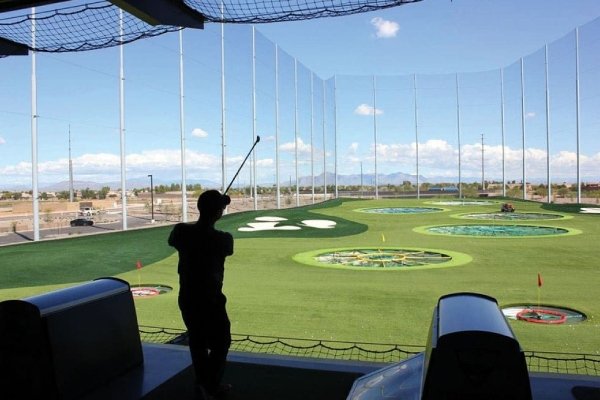
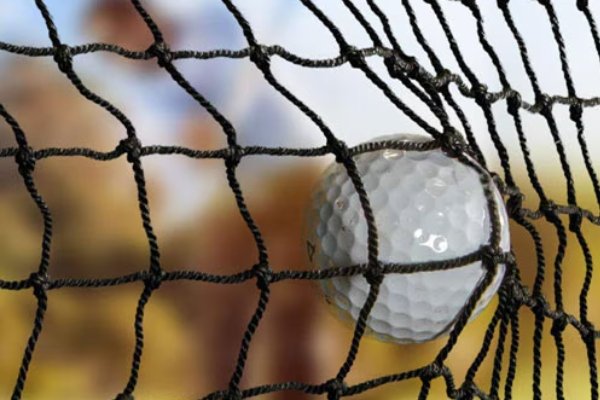
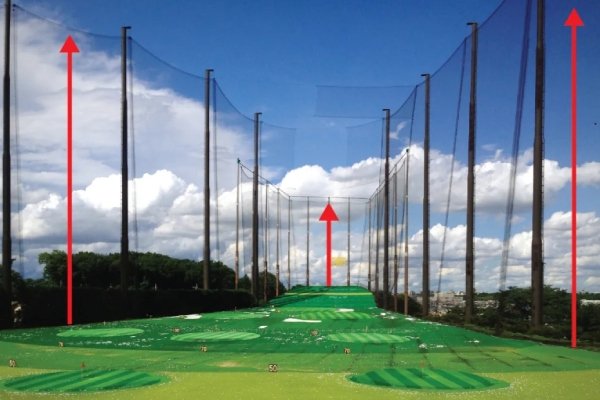
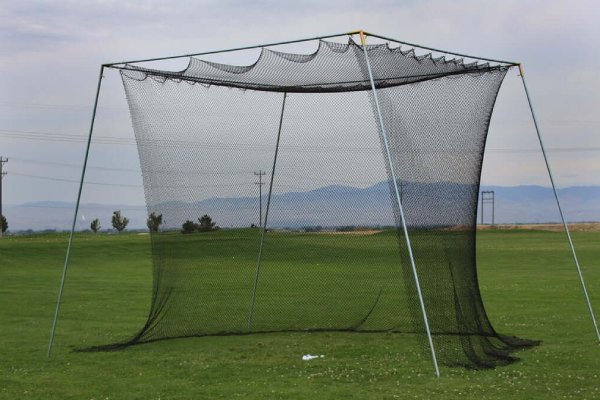
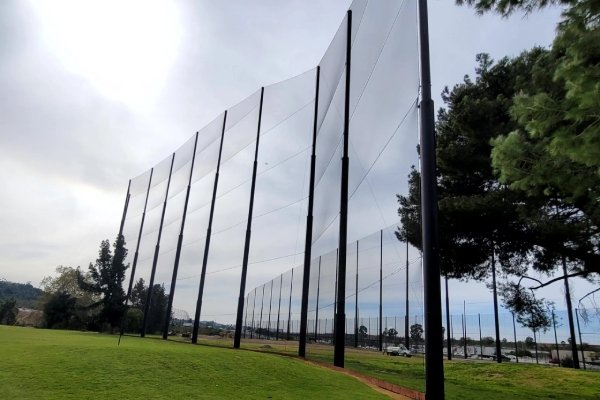
Our golf netting supports full OEM/ODM customization, including colors, logos, and packaging tailored to your brand identity. With over 25 years of experience, we understand the importance of brand consistency in the golf industry. Whether you need nets for commercial resorts or private clubs, we ensure your branding stands out while delivering unmatched durability and performance.
Every batch of our golf netting undergoes rigorous tensile strength and weather resistance tests certified by ISO9001 and SGS/TUV. This means you receive products that withstand harsh outdoor conditions and heavy usage. Coupled with our 5,000㎡ warehouse and partnerships with DHL/FedEx, we guarantee fast 15-20 day delivery, even for smaller orders, so your projects stay on schedule.
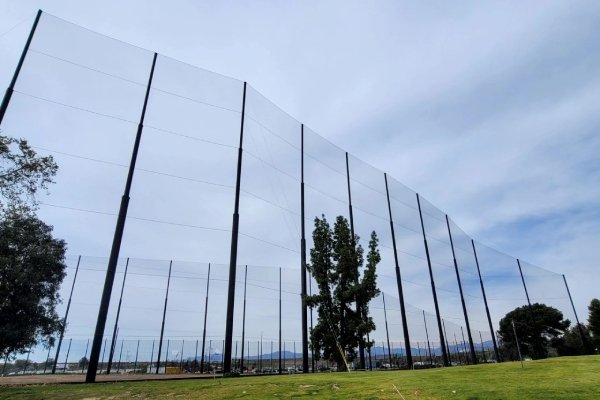
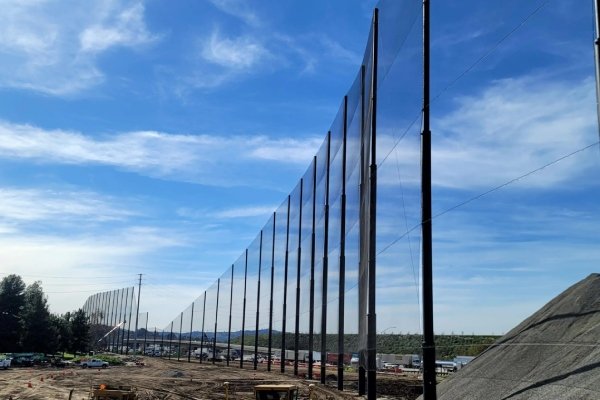
We pride ourselves on offering scalable production capabilities without compromising on quality. Our 11,000㎡ factory and 8,000-ton annual capacity allow us to handle both bulk and small-batch orders efficiently. This flexibility ensures you can test new markets with smaller investments or meet large demands seamlessly, all while enjoying OEM/ODM support.
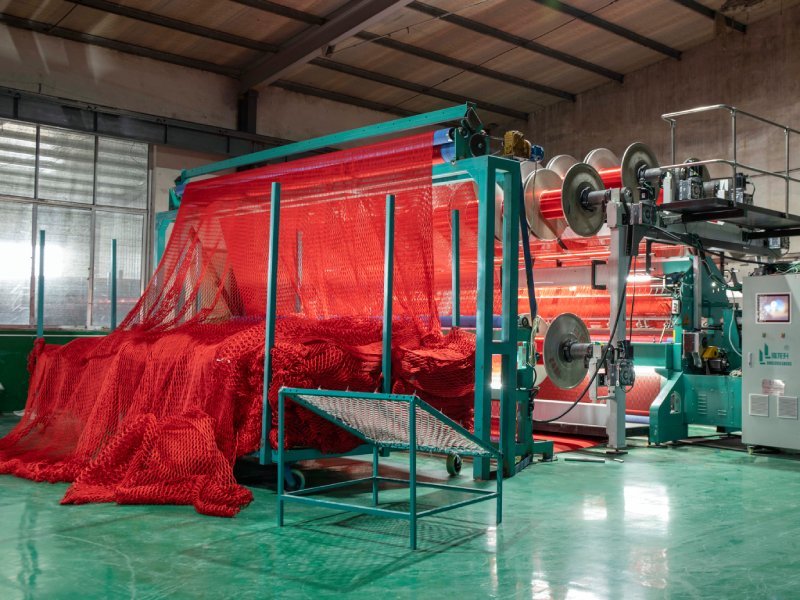
Looking for high-performance divider netting and safety netting solutions that combine durability, safety, and customization? Wenneting is your trusted partner! With 25+ years of expertise in manufacturing premium sports barrier nets, batting cages, and industrial safety nets, we help gyms, warehouses, children’s playgrounds, and sports facilities enhance safety, optimize space, and reduce costs.
Golf netting is an essential component for any project involving golf practice, safety, or property protection. Whether you’re setting up a backyard practice area, outfitting a commercial driving range, or installing barriers around a golf course, selecting the appropriate netting can make the difference between a successful setup and one plagued by issues like durability failures or inadequate containment. With the golf industry growing—projected to reach over $10 billion in the U.S. by 2025—more individuals and businesses are investing in high-quality netting solutions to enhance safety and performance.
Choosing the right golf netting involves evaluating factors such as material type, mesh size, construction method, intended application, and environmental conditions. Poor choices can lead to frequent replacements, safety hazards, or even legal liabilities if errant balls cause damage. In this comprehensive guide, we’ll explore the types of golf netting and their applications, custom options available to tailor solutions to your needs, and a detailed installation guide. By the end, you’ll have the knowledge to make an informed decision for your project, ensuring longevity, effectiveness, and value.
Before diving into specifics, it’s crucial to grasp what makes golf netting effective. Golf balls travel at speeds up to 200 mph from professional drives, so netting must withstand repeated impacts without tearing or sagging. Key considerations include:
Budget plays a role too—basic home nets start around $100, while custom commercial installations can exceed $10,000. Always prioritize quality over cost to avoid long-term expenses.
Golf netting comes in various types, each suited to specific uses based on material, construction, and design. Understanding these will help you match the netting to your project’s demands.
The material is the foundation of any golf netting, influencing durability, weight, and cost.
Nylon Netting: This is the most popular choice for golf applications due to its exceptional strength and elasticity. Nylon is a synthetic polymer that absorbs impacts well, making it ideal for high-traffic areas. It’s UV-treated to resist fading and degradation from sunlight, often lasting 10-15 years outdoors. Available in twisted-knotted or knotless varieties, nylon is versatile for both indoor and outdoor use. For instance, DuPont® Type 66-728 twisted-knotted nylon is renowned for its longevity in barrier nets.
Polyester Netting: Lighter than nylon, polyester offers good tensile strength but less elasticity. It’s often used in lighter-duty applications and is more affordable. Polyester nets are solution-dyed for UV protection, ensuring colorfastness.
Polyethylene (PE) Netting: This is a cost-effective option with decent weather resistance but lower impact absorption compared to nylon. PE is lightweight and often used in large barrier installations.
Polypropylene (PP) Netting: Known for its buoyancy and resistance to chemicals, PP is less common in golf but useful in wet environments. It has a shorter lifespan than nylon but is economical.
Other materials like HDPE (high-density polyethylene) are emerging for eco-friendly options, but nylon remains the gold standard for most golf projects.
Netting construction affects visibility, strength, and ease of installation.
Knotted Netting: Features knots at each intersection, providing superior strength for heavy impacts. It’s the go-to for outdoor barriers where wind load is high.
Knotless Netting: Seamless design improves sightlines and reduces snags. It’s often used in spectator areas or behind home plates in multi-sport setups.
Mesh Shapes: Diamond mesh allows for better stretching and impact distribution, while square mesh offers uniform appearance.
Barrier Netting: Large panels designed to contain errant shots around courses or ranges. Typically 1-inch mesh, hung from poles 20-100 feet high.
Impact Netting: High-strength nets for direct hits, often double-layered. Used in hitting bays or cages.
Cage Netting: Enclosed systems with sides, top, and back for complete containment.
Driving Range Netting: Comprehensive systems including backstops and side barriers.
When selecting a type, consider ball speed and size—golf balls require smaller mesh than baseballs. For home use, prioritize ease of setup; for commercial, focus on longevity.
Off-the-shelf nets work for basic needs, but custom options ensure a perfect fit, enhancing performance and safety. Many suppliers offer tailored solutions.
Custom netting optimizes space, reduces waste, and ensures compliance with local regulations. For example, residential projects might need low-profile designs to avoid HOA violations, while commercial ones require engineering for wind loads up to 100 mph. Suppliers like Gourock or US Netting provide calculators for precise quotes.
Costs vary: A basic custom panel might start at $2 per square foot, scaling with features. Always request samples to test durability.
Proper installation is vital for safety and effectiveness. While professionals handle large projects, DIY is feasible for smaller ones. Here’s a step-by-step guide.
For DIY, expect 4-8 hours for a 20×10-foot net. Professional installs cost $500-$5,000 but ensure compliance.
Common mistakes: Underestimating wind load or using inadequate poles. For home setups, consider portable frames for easy storage.
Selecting the right golf netting boils down to aligning type, custom features, and installation with your project’s goals. Prioritize nylon for durability, customize for fit, and install meticulously for safety. Whether protecting property or honing your swing, quality netting enhances enjoyment and peace of mind. Consult experts if unsure—investing wisely now saves headaches later.
We recommend a knotted netting construction for golf applications. The knots act as shock absorbers upon ball impact, significantly reducing stress on the fibers and extending the net's lifespan compared to knotless designs.
We use premium High-Density Polyethylene (HDPE) with integrated UV stabilizers. This combination offers excellent strength and ensures the netting retains its integrity and color, season after season, under direct sunlight.
Standard colors are black and green, which blend naturally with golf course environments. We offer full color customization through our ODM service to match your company's branding or a client's specific request.
This depends on the ball impact velocity (distance from tees). We advise on the optimal g/sq.m density (e.g., 100g, 120g, 140g) and cable reinforcement based on your layout to ensure safety and cost-efficiency.
We can provide all necessary attachment hardware (ropes, carabiners, turnbuckles) and comprehensive installation guides. For large projects, our technical team is available for consultation.
For custom orders, our standard lead time is a reliable 15-20 days after final confirmation, thanks to our integrated factory and large warehouse for raw materials.
Yes, we strongly encourage it. We provide sample swatches or small net panels so you can verify the material quality, color, and strength firsthand before committing.
We are highly flexible to serve distributors of all sizes. Our MOQ can be as low as 100m² for custom projects, allowing you to pilot orders or fulfill niche requests.
our golf netting solutions have helped countless clients enhance safety, efficiency, and customer satisfaction in their golf facilities. By prioritizing durability, customization, and timely delivery, we’ve enabled businesses to reduce maintenance costs, scale operations flexibly, and build trust with their end-users. More Projects

25-Years Expertise in Safety Nets & Divider Netting | OEM/ODM Custom Colors/Logo | ISO9001 Certified | Fast 15-Day Delivery | 8,000 Ton Annual Output
Signup our newsletter to get update information, news & insight